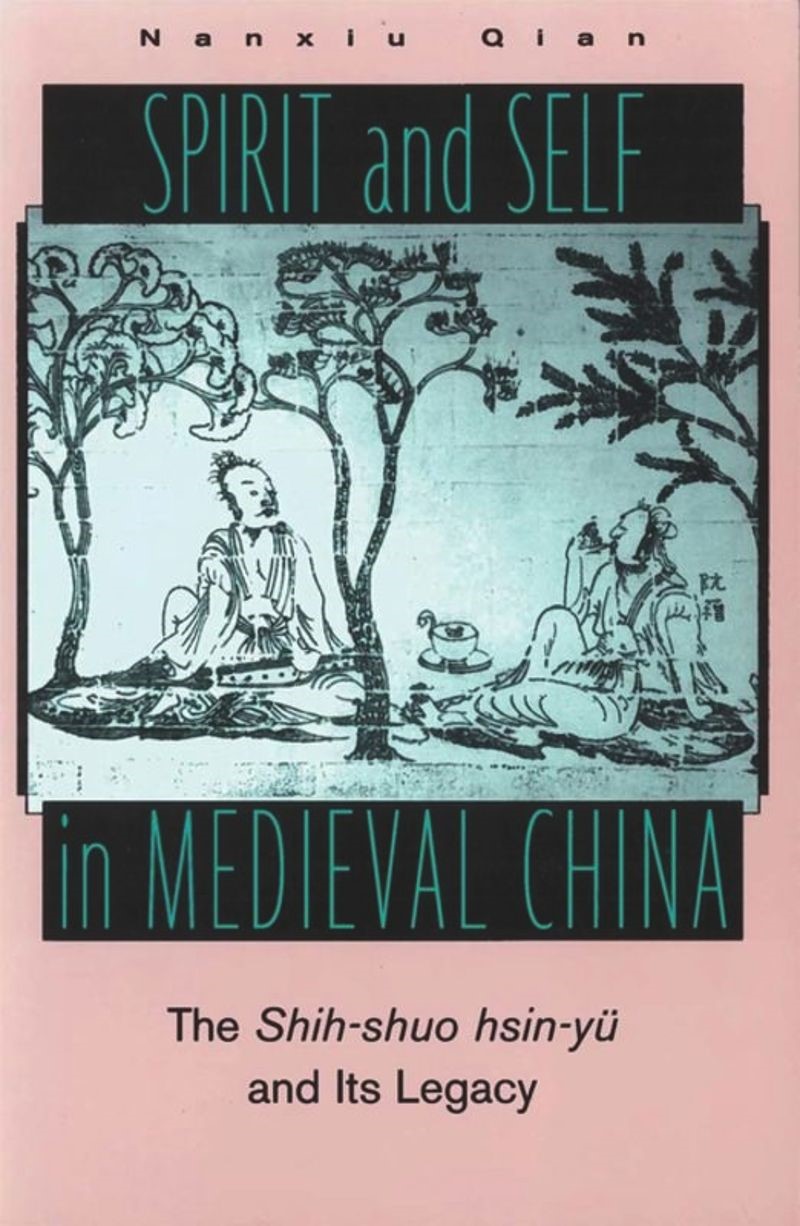
Spirit and Self in Medieval China: The Shih-shuo hsin-yü and Its Legacy. Honolulu: the University of Hawaii Press, 2001. 520pp.
<div data-schema-version="8"><p>The <em>Shih-shuo hsin-yu</em>, conventionally translated as <em>A New Account of Tales of the World</em>, is one of the most significant works in the entire Chinese literary tradition. It established a genre (the <em>Shih-shuo t'i</em>) and inspired dozens of imitations from the later part of the Tang dynasty (618-907) to the early Republican era of the twentieth century. The <em>Shih-shuo hsin-yu</em> consists of more than a thousand historical anecdotes about elite life in the late Han dynasty and the Wei-Chin period (about A.D. 150-420). Despite a general recognition of the place of the <em>Shih-shuo hsin-yu</em> in China's literary history (and to a lesser extent that of Japan), the genre itself has never been adequately defined or thoroughly studied. <em>Spirit and Self in Medieval China</em> offers the first thorough study in any language of the origins and evolution of the <em>Shih-shuo t'i</em> based on a comprehensive literary analysis of the <em>Shih-shuo hsin-yu</em> and a systematic documentation and examination of more than thirty imitations. The study also contributes to the growing interest in the Chinese idea of individual identity. By focusing on the <em>Shin-shuo</em> genre, which provides the starting point in China for a systematic literary construction of the self, it demonstrates that, contrary to Western assertions of a timeless Chinese "tradition," an authentic understanding of person-hood in China changed continually and often significantly in response to changing historical and cultural circumstances.</p> </div>
